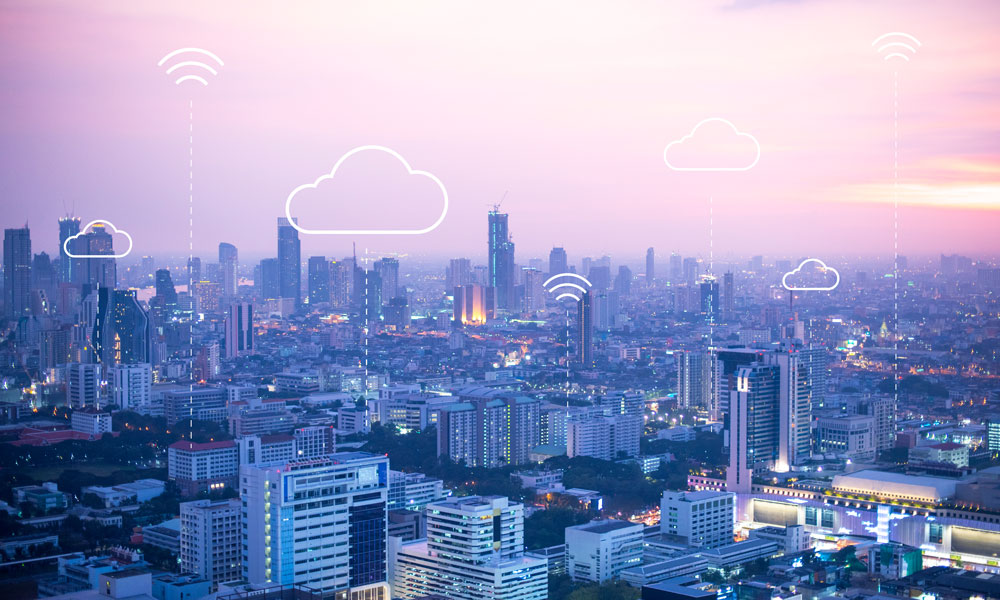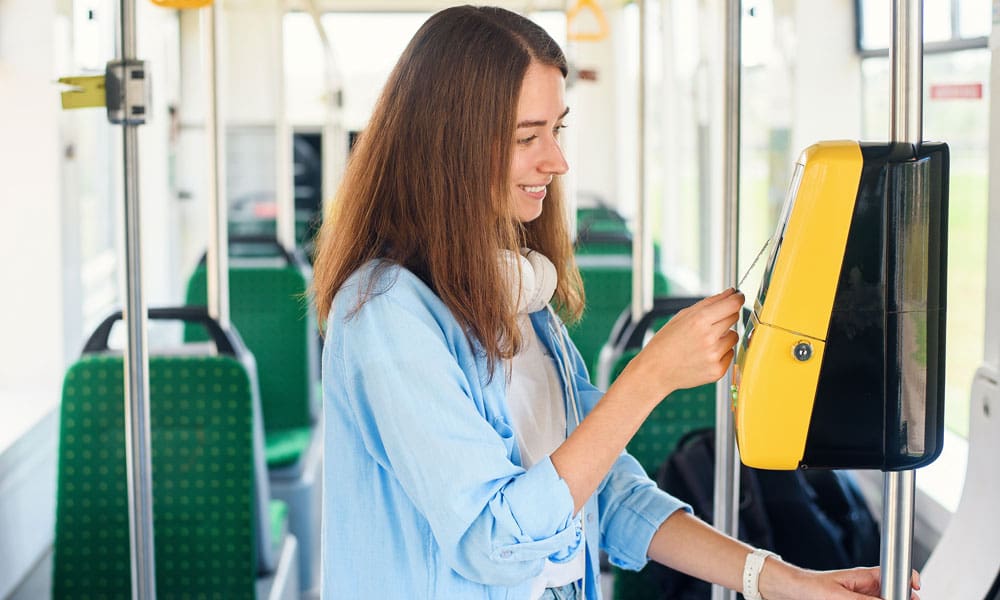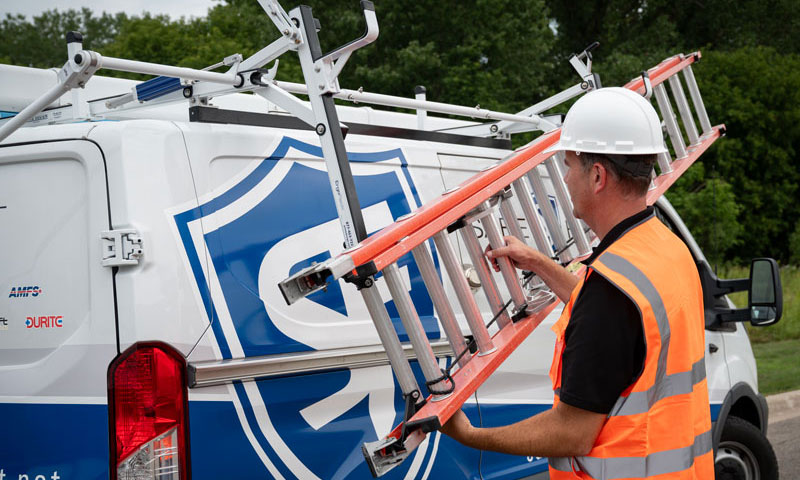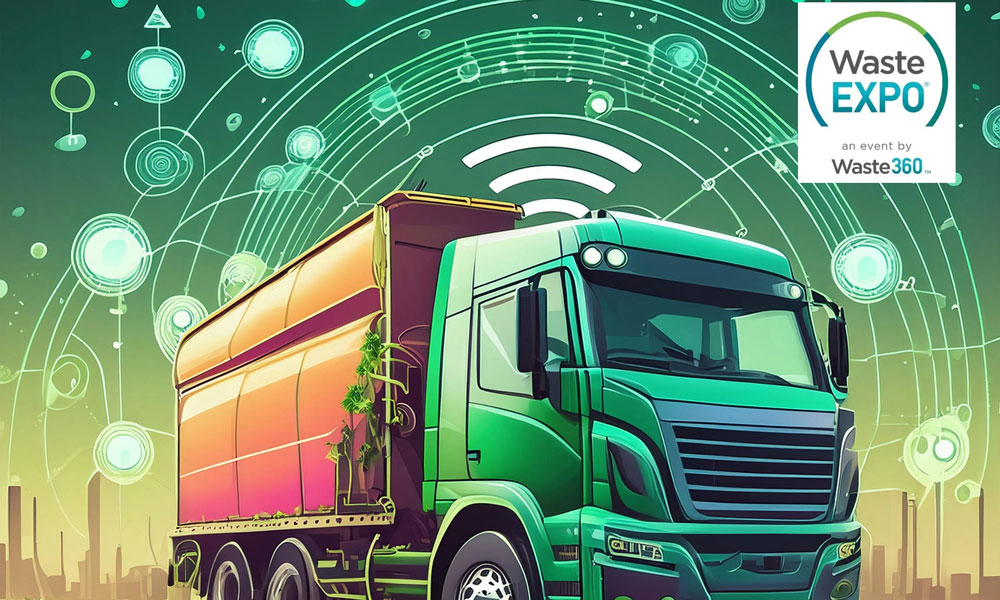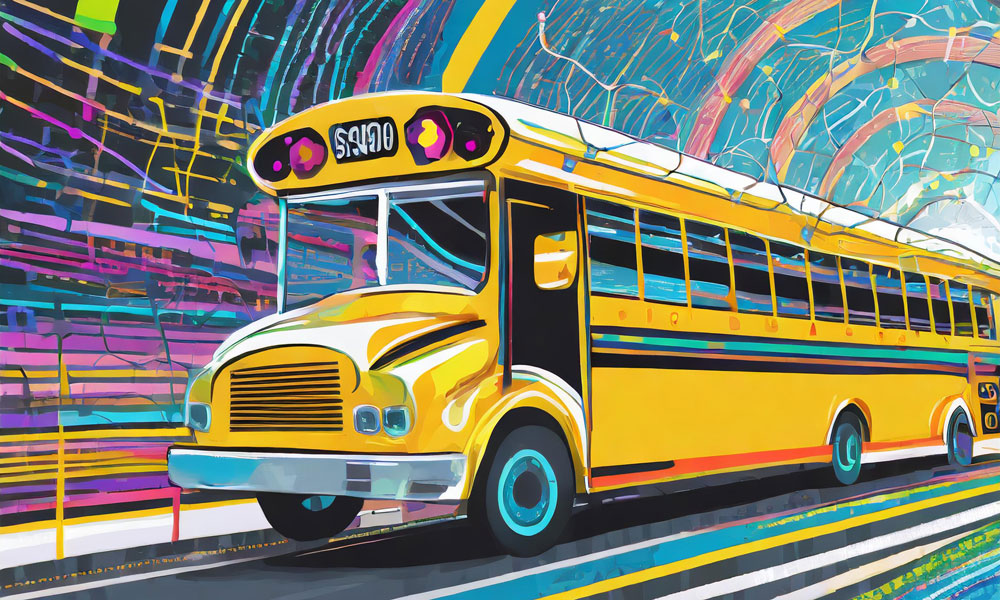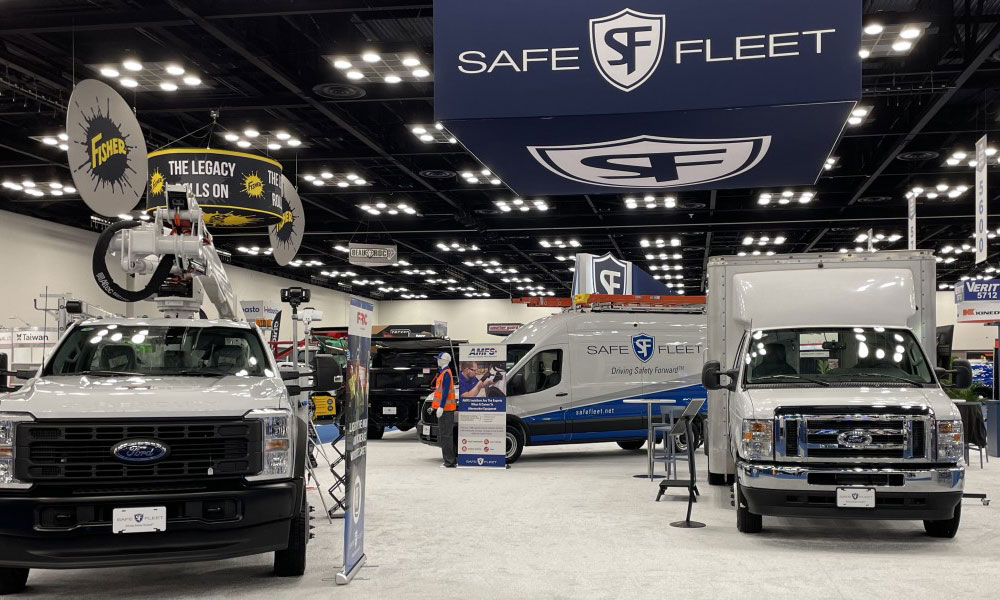AI in Public Transit
Smart-Cities / AI / Unified Security Systems
Smart cities are becoming “a thing” in today’s world. A BIG thing, actually, as numerous cities throughout the United States have already implemented AI-backed systems that, by integrating together with various institutions seamlessly, make city management better.
On a large scale, unified, AI-powered systems make cities better by creating efficient and automated resource management, enhanced safety and security, and improved sustainability leading to smart metropolises.
On a personal scale, smart cities are impacting and changing the way we live, work, and move around urban areas. Services are more efficient, transactions are easier to make, and processes are more flexible.
Public transit plays a crucial role in the smart cities narrative. An effective and sustainable public transit system creates a better urban environment by providing economic and social opportunities resulting in employment, market access, and other investments [1]. There can be no talk of a smart city without a smart public transit system.
But, what constitutes a smart public transit system? There are two key components that constitute a smart public transportation environment: AI and unified systems.
AI and Its Role in Public Transit
Artificial intelligence is already helping transit agencies become more effective and provide a better experience to their riders.
Just this year, AI has been used to optimize traffic light signals in some cities in California [1]. This resulted in improved personal-vehicle travel times of 20% and improved firetruck response times by 69% compared to previous years.
In general terms, AI in public transit systems helps with:
- Demand Prediction: How do you feel when you see the doors of the bus closing because it’s full, but you turn and an empty bus is making its way towards you? Pretty great, no? Well, AI algorithms predict ridership demand, weather patterns, and even public events to allocate alternatives whenever needed.
- Route Optimization: In a similar way, AI can analyze different patterns and factors to offer the best routes at any given time. Providing a constant level of service to your riders, even in unexpected events such as road blockages or maintenance.
- Predictive Maintenance: Speaking about maintenance, a mass transit system has got to be in top shape to move us around town safely and effectively. AI can predict whenever a bus or a train car requires maintenance, giving agencies enough time to fix something that might have become a bigger problem down the line.
And AI is now also helping to make public transit systems safer for riders. This year, SEPTA is implementing AI-powered gun-detection software for their buses, trains, subways, and other vehicles to provide better safety to its riders in Philadelphia [2].
The demand for AI in public transit has transformed from a “nice-to-have” to a “must-have”.
Unified Systems and Public Transport
“Teamwork makes the dream work.” And this is particularly true for systems in public transit.
Let’s take a rider on any given day. What systems do they interact with just to go from point A to B in their daily commute?
- A transportation system: Roads, highways, bridges, tunnels, buses, trains, subways, trams, and light rail.
- A communication system: Cellular networks, public address systems, and intercoms.
- An information system: Transit schedules, traffic updates, weather conditions, and other relevant information that can help plan their route.
- A payment system: Toll booths, parking meters, ticket machines, and fare collection systems.
- Safety and security systems: CCTV cameras, emergency communication systems, and trained personnel.
- An environmental system: Air quality control measures, noise reduction efforts, and sustainable transportation options.
The seamless interaction between these systems makes providing a great public transportation service possible, and riders know it and expect it.
Safety: Enhanced
What happens when you mix AI and unified safety/security systems in public transit?
As a transit agency, you get enhanced analytics, processes, and reporting. By combining technologies such as video surveillance, cloud computing, and intelligent data processing you can extend your security web as far as needed without losing details. Making it possible to provide as much security as your operators and riders require.
As a rider, they get to reap the benefits of an efficient and effective public transit system. Combining a satisfying level of service with the peace of mind that they are in a controlled environment where they are being taken care of.
AI and Unified Systems in Safe Fleet
Safe Fleet has been making great innovation leaps to provide the best solutions that will take public transportation, even cities, to the next level.
This year Safe Fleet has partnered with Rekor Systems [3], a global AI technology company, to integrate their advanced vehicle recognition technology into our next-gen solutions like Automated Bus Lane Enforcement (ABLE), Automated License Plate Recognition (ALPR), and School Bus Stop Arm Violation Detection. These solutions provide safety and efficiency to agencies and riders alike.
Improving productivity is in our mission, and Safe Fleet provides one powerful unified platform to prevent injuries, save lives, and make fleets more effective. This means holistic solutions that seamlessly integrate all the needs of a transit agency (video analytics, evidence management, fleet routing and management, etc.) in one place.
…
[1] http://www.ladowntownnews.com/news/artificial-intelligence-used-to-reduce-traffic-congestion/article_4b0f0330-bc4e-11ed-8645-ff3ebc17f82e.html
[2] https://www.thedp.com/article/2022/12/philadelphia-septa-ai-gun-detection-technology
[3] https://www.rekor.ai/post/safe-fleet-powers-next-generation-public-safety-and-transit-platforms-with-rekors-leading-ai-based-vehicle-identification-and-lpr-technology



